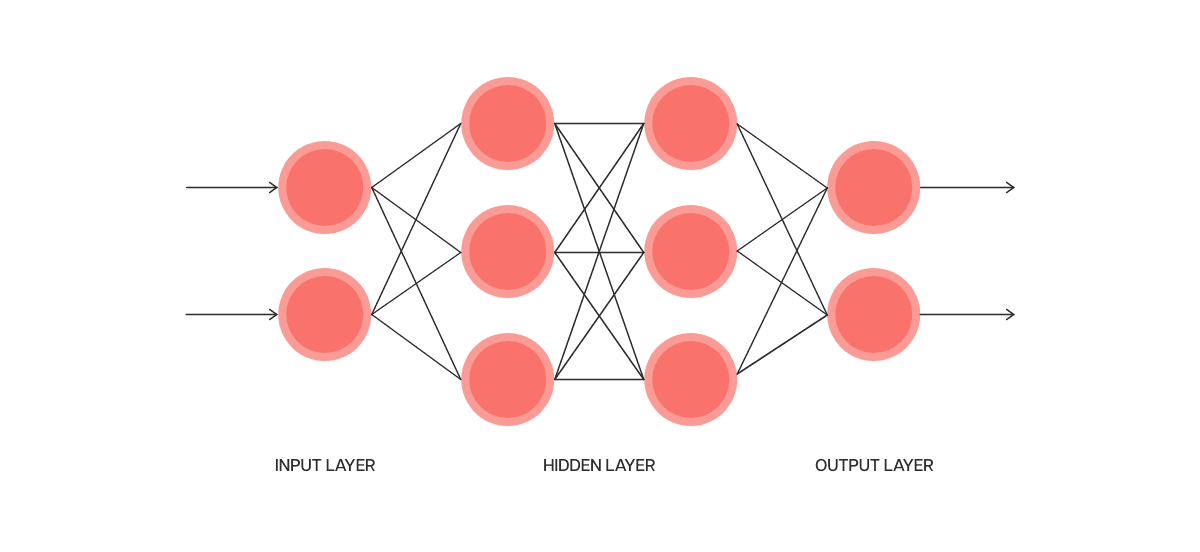From chess computers to creative machines - a first introduction to the world of artificial intelligence
June 24, 2024
The word is out: Generative AI is not a one-size-fits-all solution. It is a part of artificial intelligence that has some special features and is largely responsible for the current AI hype. But what makes it different from other AI, and where does it belong?
What AI can do
Artificial intelligence mimics our human intelligence and should be able to do everything we can do:
- Perceive and respond to sensory input
- Absorb, process, and store information
- Understand and generate language - generative AI has done this with impressive quality
There are many examples of AI: chess computers and robotics are older use cases, followed by search engines and recommendation systems (e.g., "Customers who found this article interesting also viewed this article"), then voice assistants like Siri and Alexa, self-driving cars, and the cameras in our smartphones. Chatbots are also examples of AI, but we'll get to those later.
Learning by example
Machine learning is an area of AI that uses statistical models. These models are built from examples tested and refined with test data. You can do amazing things with machine learning:
- Automate diagnostic procedures
- Detect credit card fraud
And even more: credit card companies often know a year before couples break up that they will break up because their spending habits change.
Artificial neurons
As impressive as machine learning is, there are some tasks that it cannot perform that are easy for us humans. This is why deep learning, another sub-discipline, was developed. Deep learning mimics the processes in the human brain and builds artificial neural networks. It learns to recognize patterns and correlations in large amounts of data.
Thanks to deep learning, we now have face and image recognition, for example. This helps us because we no longer have to remember as many passwords because our smartphones and apps use facial recognition.

Creative AI
Generative AI is a subset of deep learning. The training methods are designed to enable the AI to generate content that is similar to the training data. This includes text, images, audio (spoken word and music), and video.
Generative AI is the first form of artificial intelligence that can create content of a quality that is indistinguishable from human-generated content.
The hype around generative AI means that it is currently often equated with AI, even though it is only a small part of it.
Now that you've learned about the different types of AI, in part two we'll look at language models and chatbots and answer the question of why they're not search engines.